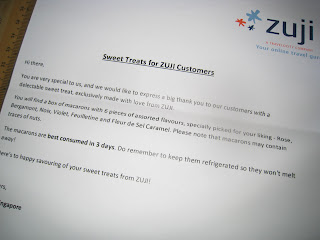My recent decision to go long in Hyflux has turned out poorly. It was a decision heavy on TA and almost nothing FA wise. So, should I cut? Regular readers know that I do not like to cut as prices are declining.
Prices go down a river of hope and I would like to cut on rebounds and if prices should test resistance. If the opportunity does not present itself, then, it is another stock for the freezer.
I have always liked Hyflux's business but in the last crisis, I chose to invest in E-pure instead for its less demanding valuation. Some told me that Hyflux would be safer as E-pure was an S-chip. We are probably all affected at the subconscious level in the same way.
In the last crisis, Hyflux touched a low of $1.11 in October 2008. Today, this low has been taken out. Does this mean that Mr. Market feel that Hyflux will do a lot worse compared to the last crisis? It does seem to be the case.
Despite all the concerns raised regarding Hyflux's debt, its numbers are still pretty good.
Net margin:
13%. This is a good business.
Net gearing:
0.1x. Concerns regarding Hyflux's debt overdone perhaps?
Contributions from Tuaspring Desalination Plant to start in FY2012.
See slides presentation 3Q FY2011:
click here.
Technically, Hyflux is in a downtrend. Looking at the chart, the very long term support would be at $1 (a many times tested support back in 2002) and $0.86 (the low of 9 Sep 2002). Would these be tested in time? No one can say but if they should be tested, they would be buying opportunities.
Right now, $1.065 is immediate support provided by the 123.6% Fibo line. A stronger support would be at $1.015, the 138.2% Fibo line and a golden ratio.



































































